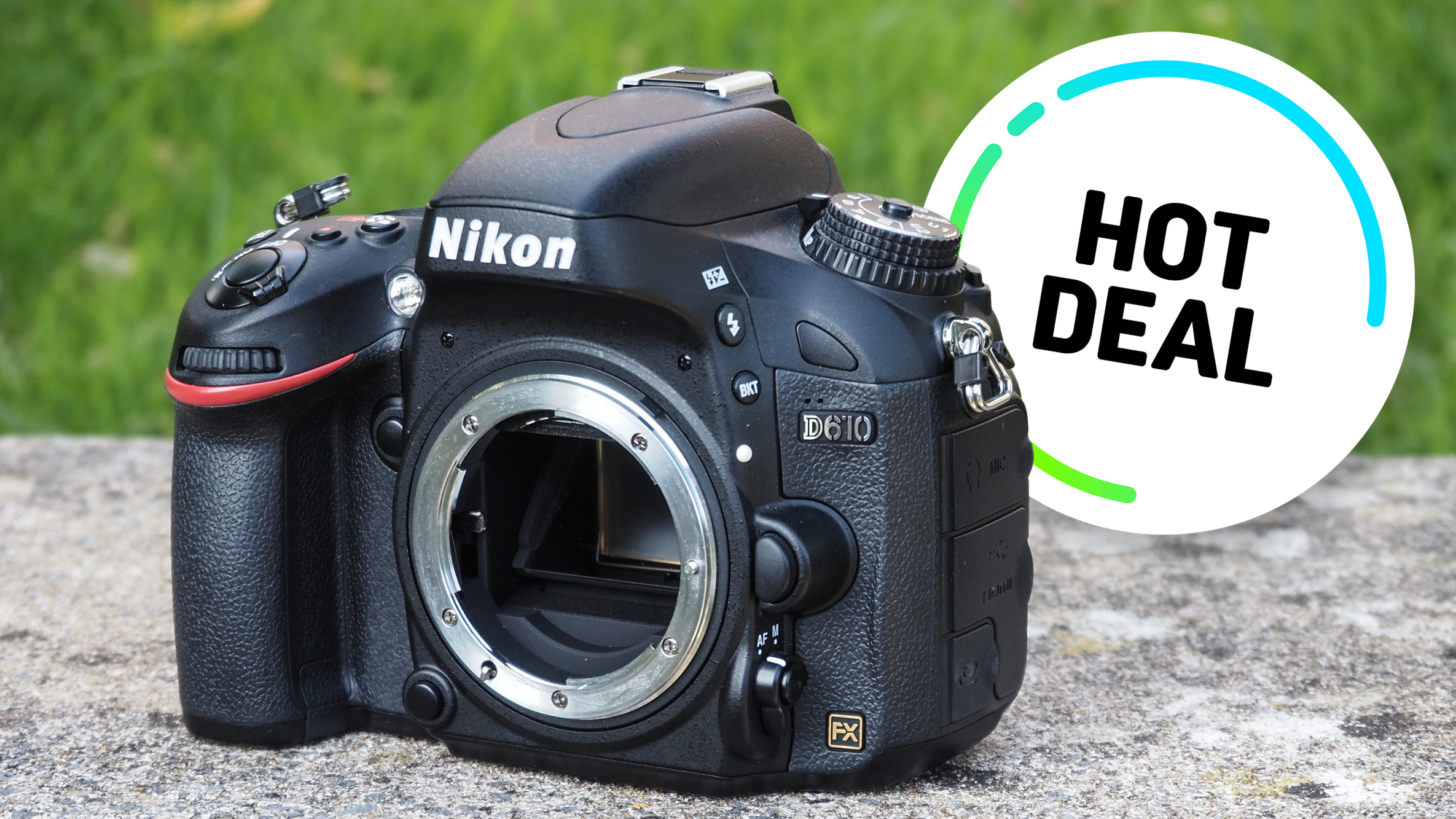Explore the tumultuous 1980s in Britain through photography – from Thatcherism to Black femininity
'The 80s: Photographing Britain' will open the Tate Britain in London from 21 November 2024 to 05 May 2025
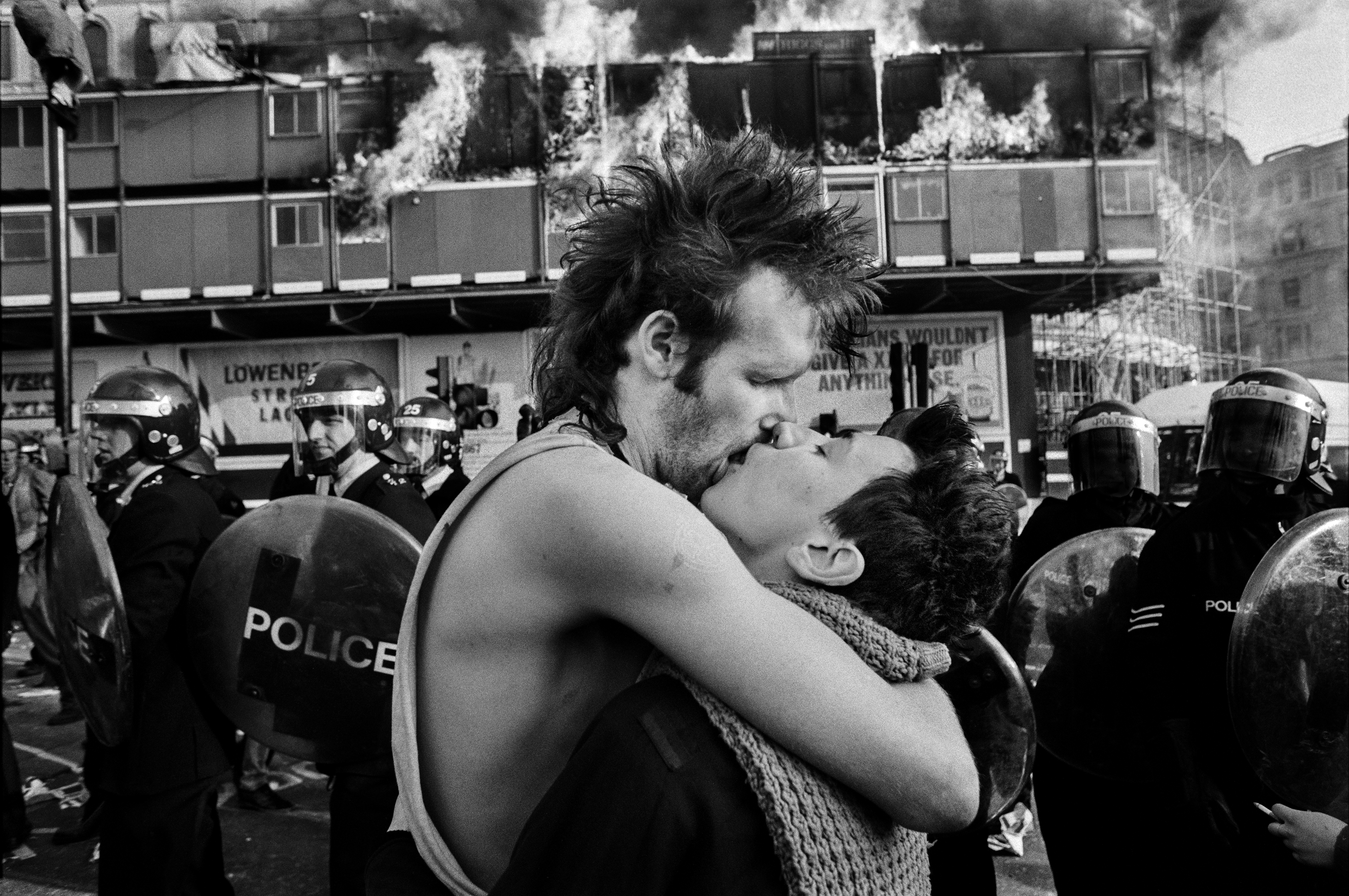
Bringing together 350 images and archival materials, this fall the Tate Britain in London, England, will present The 80s: Photographing Britain, highlighting the decade as a pivotal moment for the medium of photography.
The exhibition will explore how photographers used the camera to respond to the seismic social, political and economic shifts around them. Through the lenses of these photographers, viewers will be able to understand how the medium became a tool for social representation, cultural celebration and artistic expression throughout this important period for photography.
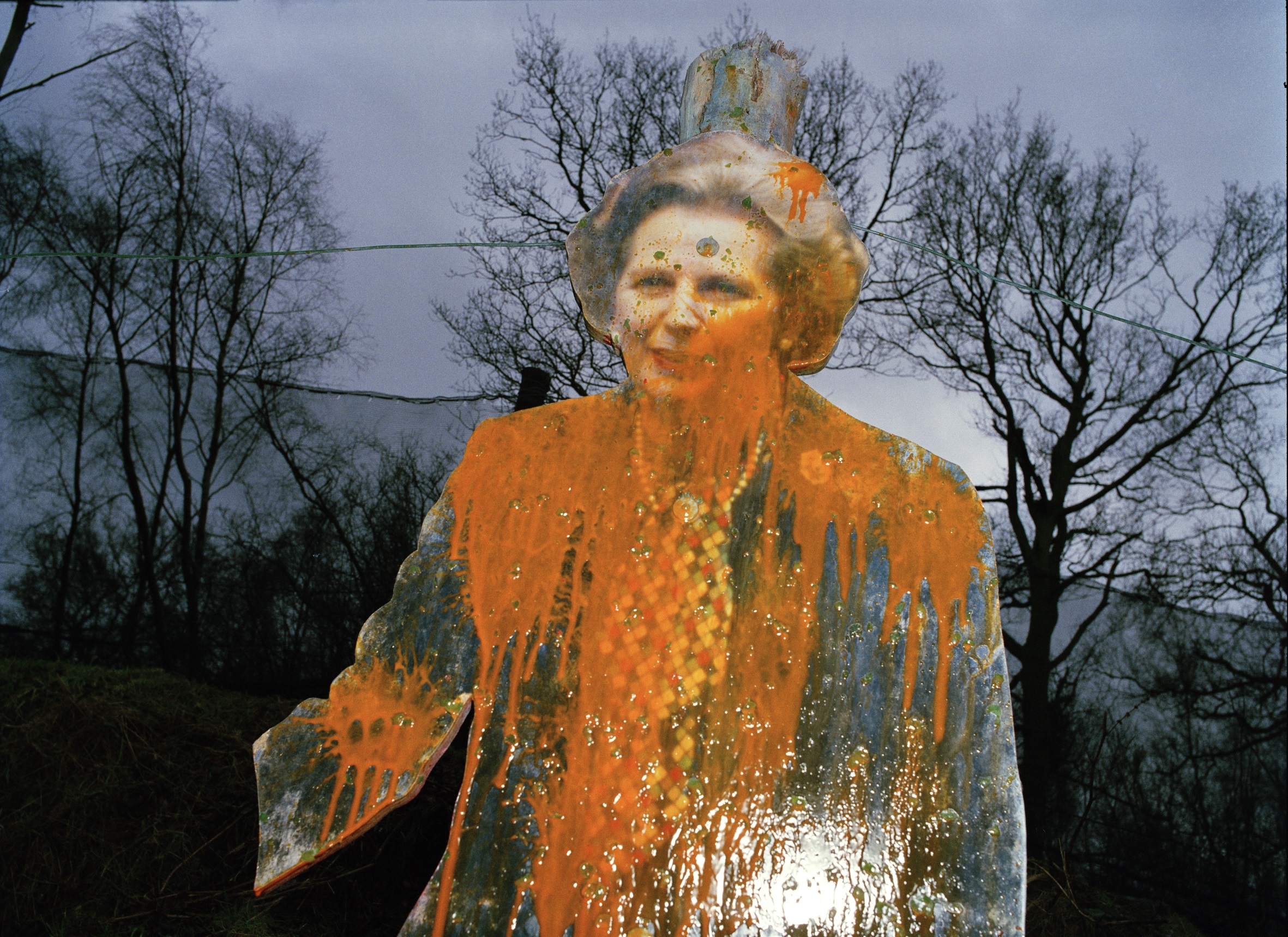
The 1980s in Britain was a time of economic boom and advances in photographic technology, including new types of film and lenses, enabling photographers to experiment with new techniques and styles.
The exhibition will run from November 21 2024 to May 05 2025. It will be the largest to survey photography’s development in the 1980s and will feature over 70 lens-based artists and collectives.
The exhibit will depict some of the most tumultuous events of the decade, including powerful images of the miners’ strikes by John Harris and Brenda Prince, anti-racism demonstrations by Syd Shelton and Paul Trevor, and projects responding to the conflict in Northern Ireland by Willie Doherty and Paul Seawright.
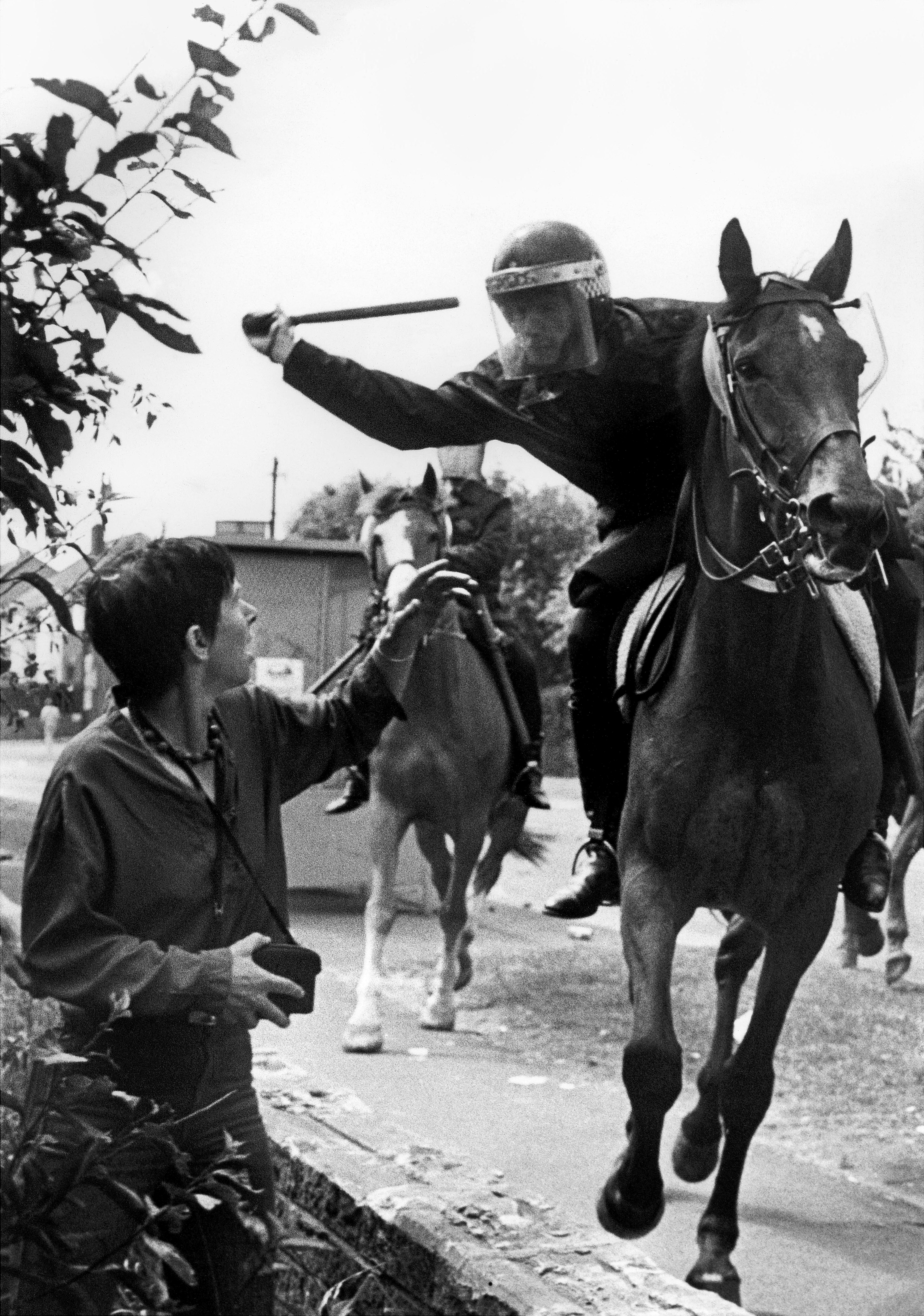
In addition to well-known photographers, the exhibition will showcase the work of those who are increasingly being recognized including Maud Sulter, Mumtaz Karimjee and Mitra Tabrizian.
Important developments will be explored, from technical advancements in color photography to the impact of cultural theory by scholars like Stuart Hall and Victor Burgin, and influential publications like Ten.8 and Camerawork in which new debates about photography emerged.
Get the Digital Camera World Newsletter
The best camera deals, reviews, product advice, and unmissable photography news, direct to your inbox!
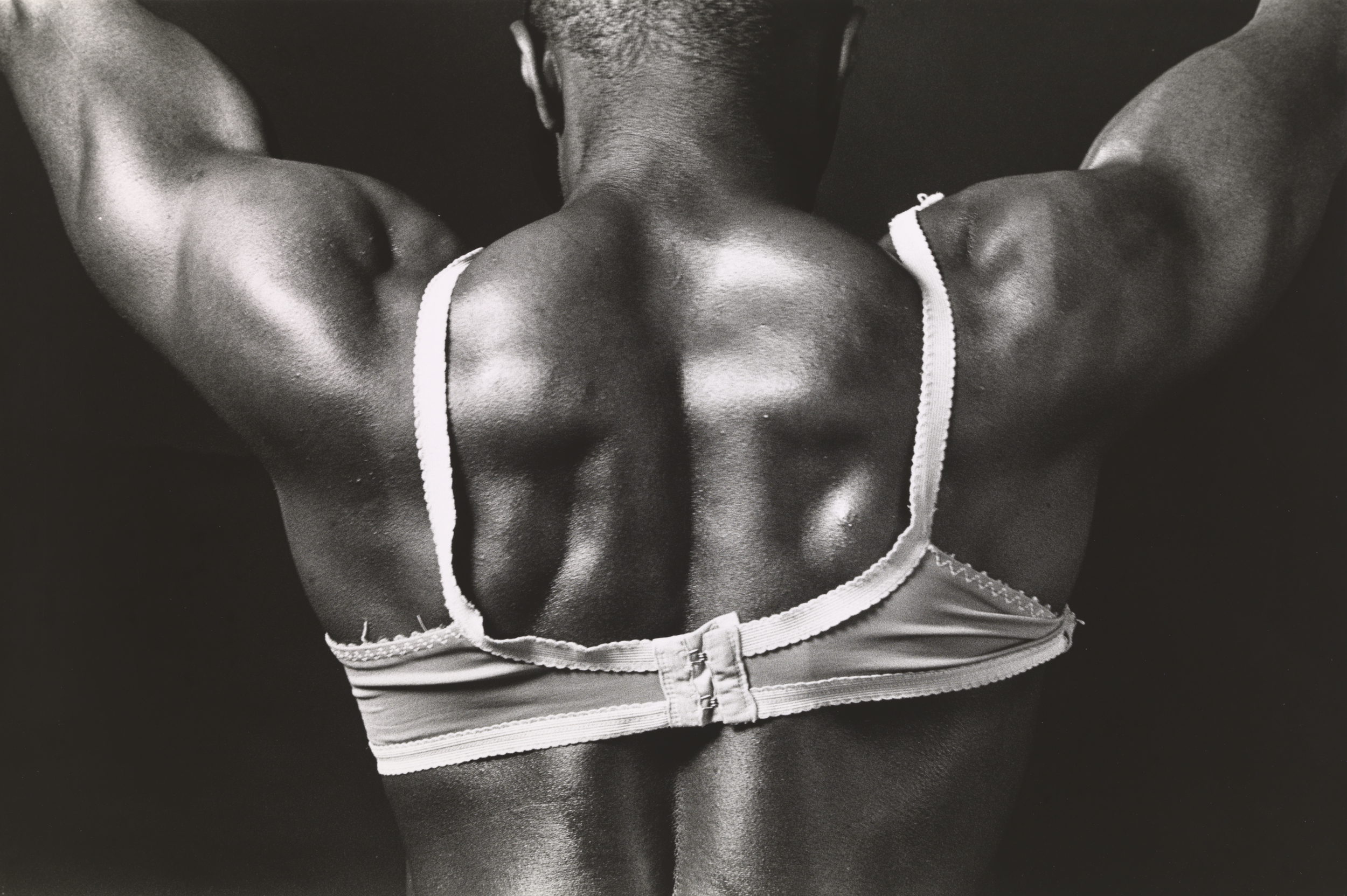
A series of thematic displays will explore how photography became a compelling tool for representation including Roy Mehta and Vanley Burke, who portray their multicultural communities and whose photography gives a voice to the people around them.
Also highlighted is the work of Joy Gregory and Maxine Walker, who employ self-portraiture to celebrate ideas of Black beauty and femininity.
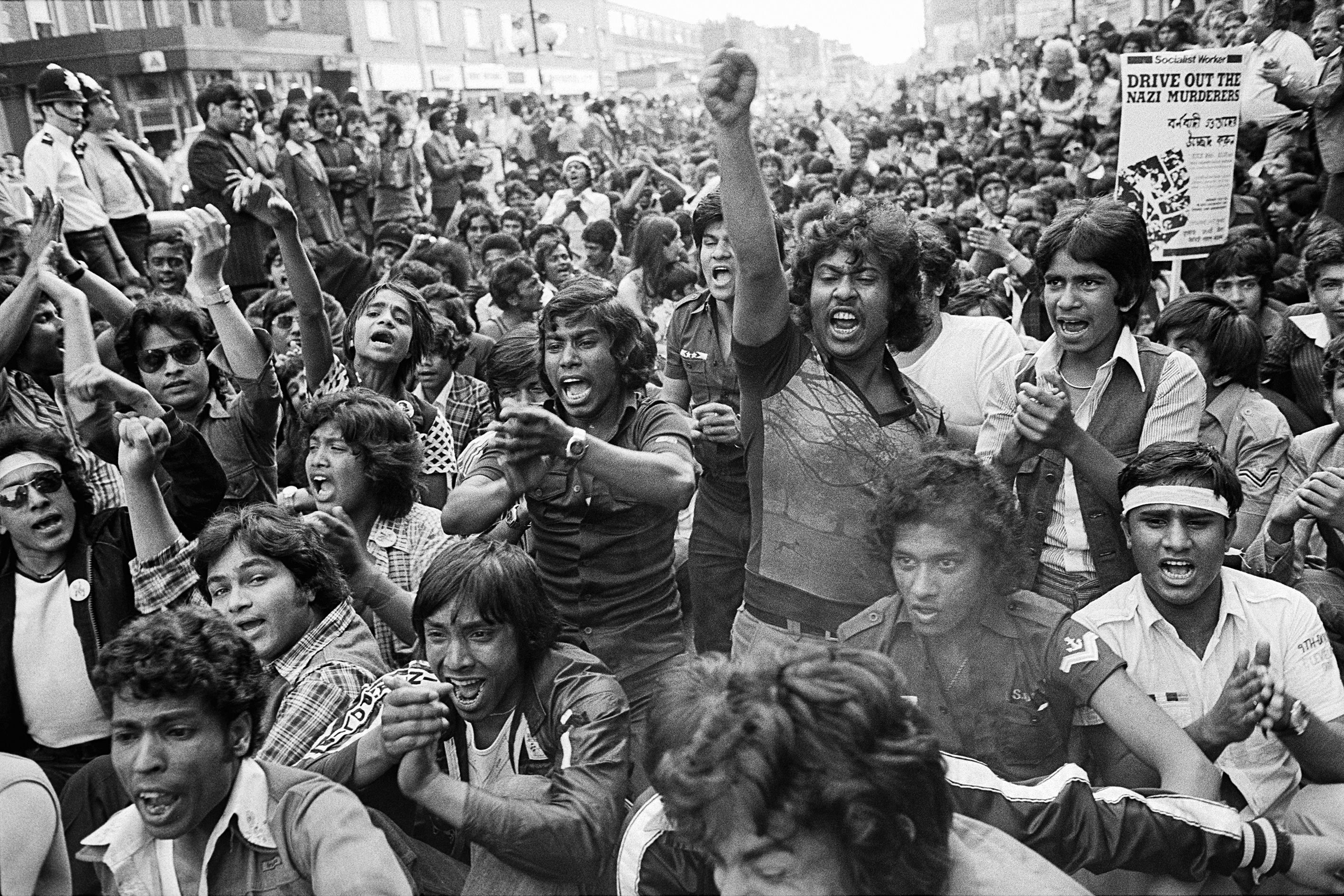
Set against the backdrop of the 1988 AIDS epidemic and Section 28, which prohibited local authorities in England, Scotland and Wales from “promoting homosexuality,” Tessa Boffin subversively reimagines literary characters as lesbians, while Sunil Gupta’s ‘Pretended’ Family Relationships 1998, juxtaposes portraits of queer couples with the legislative wording of Section 28.
The 80s: Photographing Britain will finish with a series of works that celebrate countercultural movements throughout the 1980s, such as Ingrid Pollard and Franklyn Rogers’s energetic documentation of underground performances and club culture.
The book, The 80s: Photographing Britain, will be available to purchase at the exhibit for £40 (around $50 / AU$77). For more information, visit the Tate website.
Why not take a look at our guides to the best cameras for professionals, the best cameras for street photography, and the best retro cameras. As it's just around the corner why not take a look at the best black Friday camera deals.
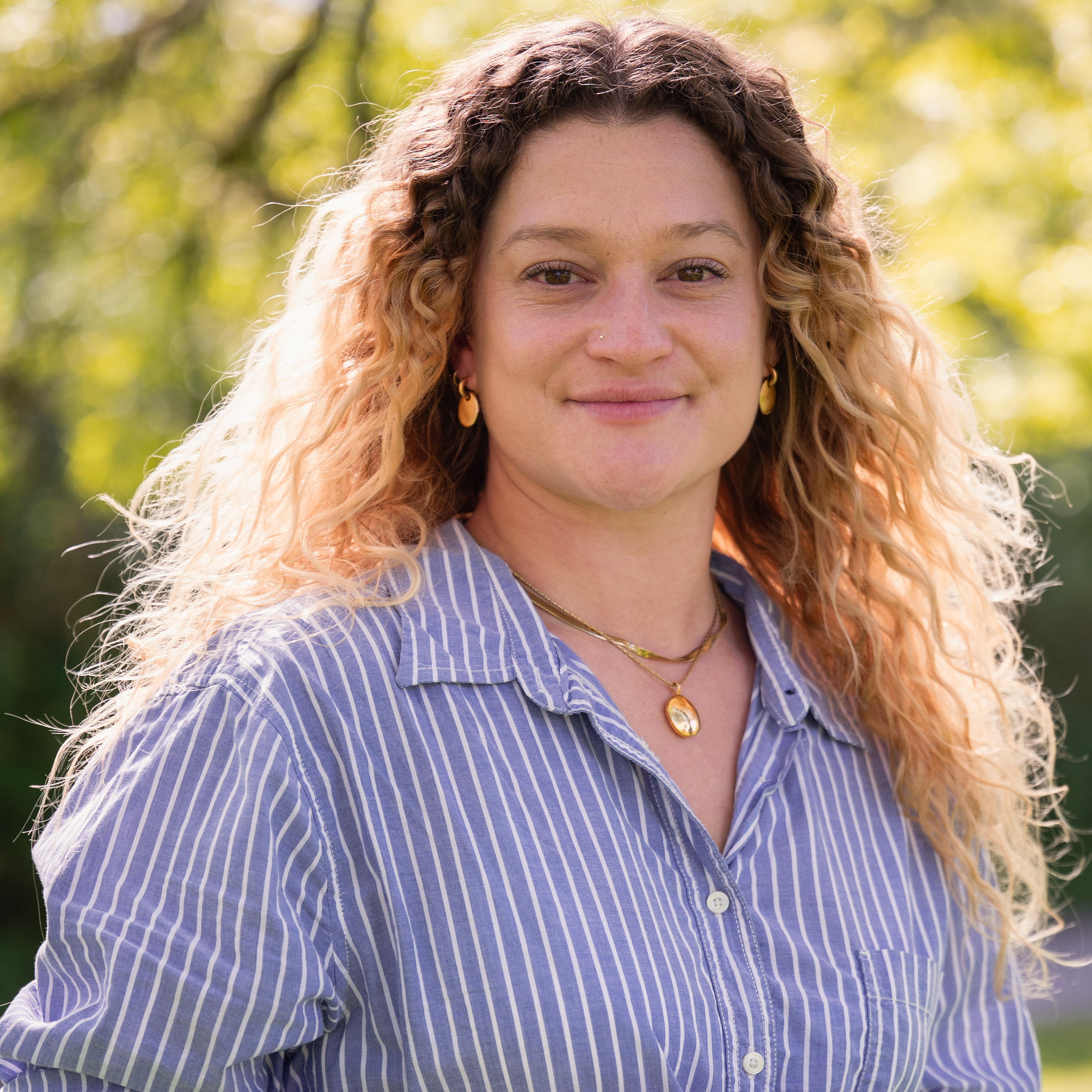
After graduating from Cardiff University with an Master's Degree in Journalism, Media and Communications Leonie developed a love of photography after taking a year out to travel around the world.
While visiting countries such as Mongolia, Kazakhstan, Bangladesh and Ukraine with her trusty Nikon, Leonie learned how to capture the beauty of these inspiring places, and her photography has accompanied her various freelance travel features.
As well as travel photography Leonie also has a passion for wildlife photography both in the UK and abroad.
